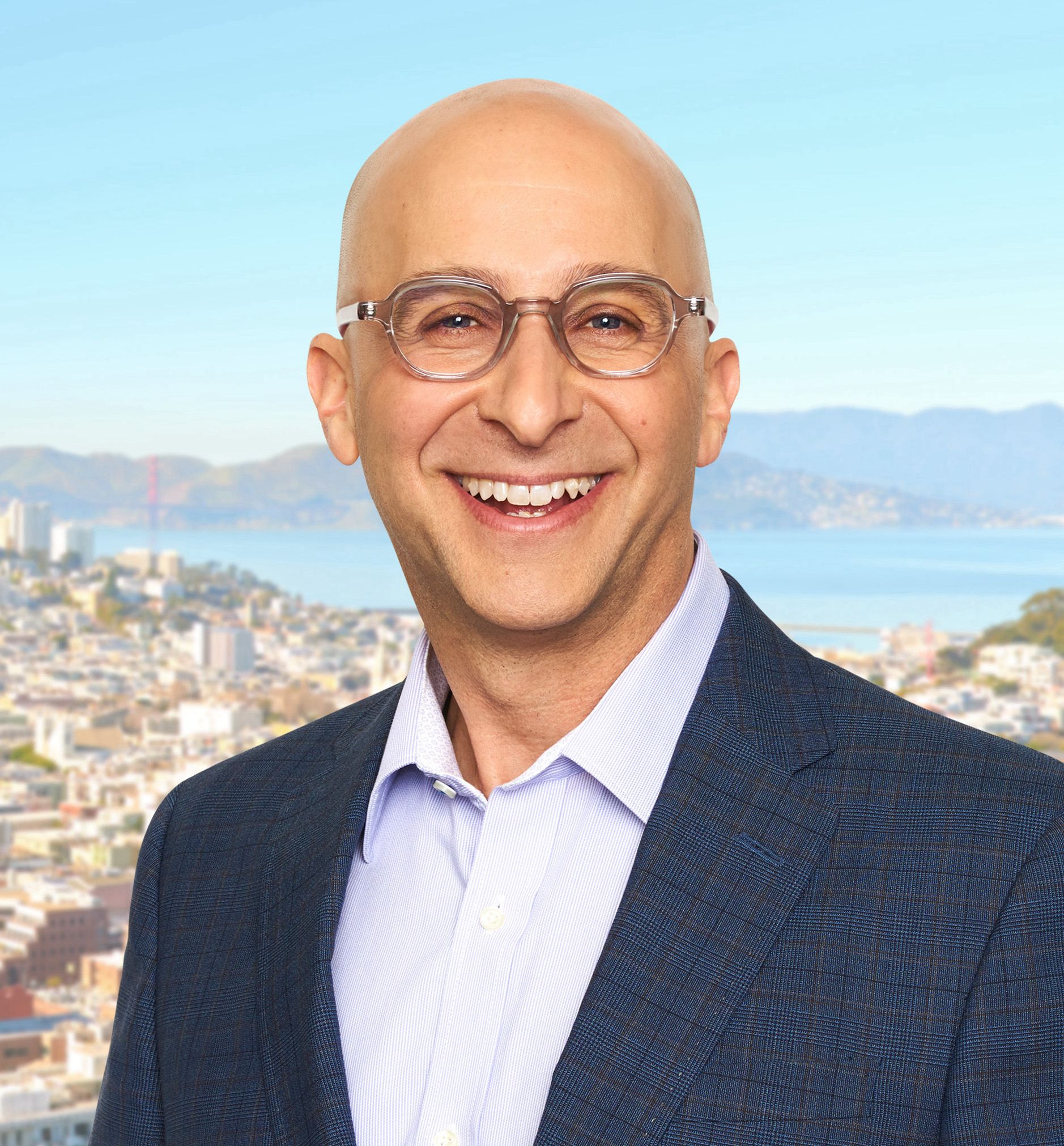Striking a Balance of Digital and Physical Assets for Growth
In this installment of the Harvard Business School Healthcare Alumni Association (HBSHAA) Q&A series, Michael Wong talks to Robert E. Siegel, lecturer in management at the Stanford Graduate School of Business, about determining the optimal combination of digital and physical assets for an S&P 500’s growth playbook.
Wong: I’ve worked with not only life sciences’ clients but other verticals including financial services, energy, retail, and consumer packaged goods. Over the years, my conversations with executives often have begun with their inquires around how digital transformation might jumpstart their growth plans. Still, physical assets are part of their resources. As executives determine the potential roles of digital and physical in their daily operating models, what are the strategic themes to recognize?

Siegel: C-suite leaders need to recognize that digital is only part of the answer,and it is never the only answer. Per my research findings, teaching at Stanford, as well as consulting with c-suite leaders, I found that successful leaders—both incumbents and disruptors—focus as much on the often-labeled mundane world of logistics, manufacturing, and distribution as they do on the overhyped digital innovation card. For instance, Target, Best Buy, and Home Depot uncovered creative ways to blend the best aspects of physical retail with innovative e-commerce. Specifically, Target and Home Depot have worked to integrate the best of online shopping with offline delivery and logistics, while Best Buy worked on being a technical resource for integration and supporting connected electronics and computing products for the home.
Wong: Some of the pharmaceutical readership might push back and assert that retail c-suites benefit from their unique industry model where several customers still prefer a physical vs. digital experience. How would you respond?
Siegel: I’ve found that many of the successful attributes of leaders combining digital and physical cut across many verticals and that no industry is truly that unique. Rather, executives need to emulate some of the common traits shared by multiple leaders. I call these new types of people “systems leaders.” These men and women have capabilities that were previously spread across multiple individuals, including:
- They can simultaneously scan the environment for enterprise-wide innovation plays while meticulously executing against daily operational goals. These system leaders need to be able to identify certain patterns and share these observations with their teams for potential follow-up.
- They have fluency of the Four As: AI, analytics, additive manufacturing (3-D printing), and automation. While it doesn’t mean leaders have to be an expert in coding, they should know what impact these four technologies are having on all parts of their business.
- They have a product management mindset where they can understand their clients’ needs, determine how their solution might create valued responses to such pain points, and orchestrate a team’s efforts for delivery with excellence.
Finally, while many successful leaders have stellar pedigrees of experience, they should be aware of their own bias. Being trained in a particular vertical and firm can tint the lens that one sees through; and it’s up to leaders to test ideas with trusted partners who will tell them the truth about their company. Candidly, what I’ve learned is that this is hard work. Leaders can’t just be good in one area of business anymore; they need to continuously learn multiple themes. The good news is that if you have the appetite to do so, you can potentially lead and engage in projects that have meaning for customers, employees, and key partners. Just as Charles Schwab is using cutting-edge analytics to better serve millions of investors without violating their original code of values, imagine what you might be able to do at your company with the right learning mindset.
Robert E. Siegel is a lecturer in management at the Stanford Graduate School of Business, a venture partner at Piva, and a general partner at XSeed Capital. He is the author of The Brains and Brawn Company: How Leading Organizations Blend the Best of Digital and Physical and served as lead researcher for Andy Grove’s best-selling book, Only the Paranoid Survive. Siegel earned his BA from UC Berkeley and an MBA from Stanford University.
Michael Wong is an emeritus board member of the Harvard Business School Healthcare Alumni Association and served as an adjunct professor at the Erivan K. Haub School of Business at Saint Joseph’s University.
Regeneron, Roche Launch Major US Expansion Plans to Meet Growing Demand for Biologics and Innovation
April 22nd 2025With combined investments exceeding $53 billion, both companies are deepening their US presence through expanded biologics production, gene therapy capabilities, and next generation R&D centers.
Cell and Gene Therapy Check-in 2024
January 18th 2024Fran Gregory, VP of Emerging Therapies, Cardinal Health discusses her career, how both CAR-T therapies and personalization have been gaining momentum and what kind of progress we expect to see from them, some of the biggest hurdles facing their section of the industry, the importance of patient advocacy and so much more.
Applying Porter’s Five Forces to Portfolio Management in Pharmaceutical R&D: A Strategic Roadmap
March 17th 2025The increasing costs and complexity of R&D in the pharmaceutical industry have necessitated the adoption of strategic portfolio management to optimize resource allocation and enhance competitive advantage.